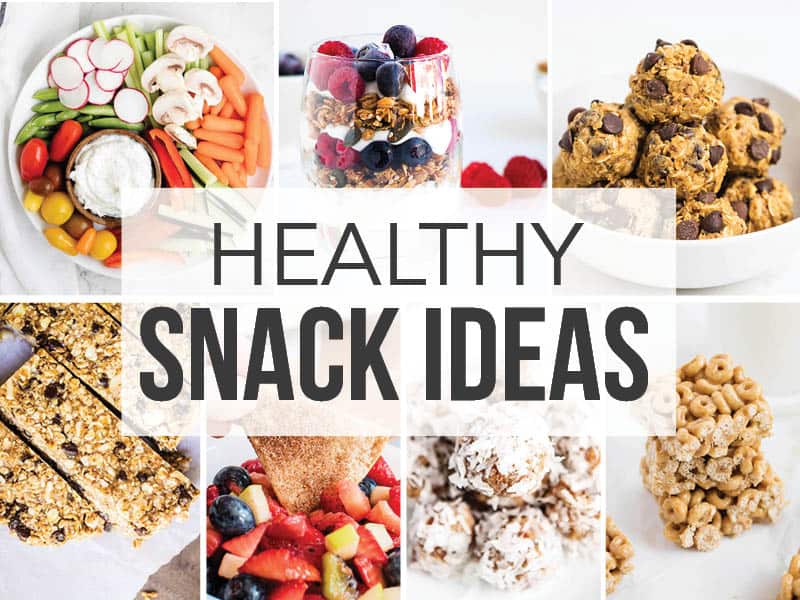How long does it take you to gorge on a bag of chips? Are you the type to “save it for later”? For most people, the answer will most likely be a sheepish ‘No, not me.’ Don’t worry, and you’re not alone! A whopping 40% of Indians surveyed admitted to being heavy snackers who usually finish their snack pack in one go. The Mintel study that revealed this number further unveiled that 36% of Indian snackers struggled to keep track of snacks consumed. This over-indulgence is usually accompanied by guilt, making snacking a guilty pleasure.
Know When To Snack
More often than not, we end up snacking more out of compulsion or cravings rather than actual hunger. You are more likely to graze on snacks when socializing, when bored, upset, excited, or surrounded by fun company. This is a slippery slope, especially considering that you must be mindful of your intake and how frequently you reach for that bag of snacks. A bag of chips and a small bowl of namkeen may seem harmless as one-off singular events. If these habits go unchecked or become a regular feature of your day, the impacts on your health could be far-reaching.

Snacking is not unhealthy, and the culprit is usually convenient, calorie-heavy processed food items or the frequency of consumption that becomes a problem in the long run. It’s, therefore, important to make healthier food choices and to reach out for that little treat only when you’re truly hungry. Recognizing patterns or moods that make you feel like snacking could also help manage the habit better.
Hack Your Snacks

What if we told you snacking can be a part of a healthy diet? The key is to be mindful of your choices and moderation. Dietitians maintain that snacking between meals can be a great way to provide consistent energy to your body throughout the day. This is especially beneficial for those who need to regulate blood sugars or for someone looking to reduce overeating at mealtimes.
When mindfully done, your snacks can conveniently add bonus nutrients to your daily diet. By getting creative with your snacking options, you can rotate various fruits, vegetables, cheese, nuts, and seeds while quelling those midday hunger pangs.
What Can F&B Brands Do?
For most of us, snacks are synonymous with processed foods, almost always loaded with salt, sugar, or fatty ingredients, making them calorie-heavy while scoring low on nutrition. The pack size of most snacks and namkeens further compounds the problem. Around 37% of snacks launched in India between February 2020 and January 2021 were packaged in a 101-250g pack size, considerably larger than a standard pack size.
To appeal to a broader consumer base and reduce the guilt associated with snacking, F&B brands can make a few adjustments:
- Rethink package sizing. Snacking products could be packed in 21-40g unit sizes, ideal for one serving.
- Reformulate recipes or products to include nutritional ingredients in the ingredient list.
- Cut down on concentrated sugars in the product or replace calorie-dense sugars with natural, low-calorie alternatives.
- Include information on calorie content or health and nutrition-related aspects in an easy-to-understand manner so that consumers can balance indulgence and health optimally.
What would you add to the list?


